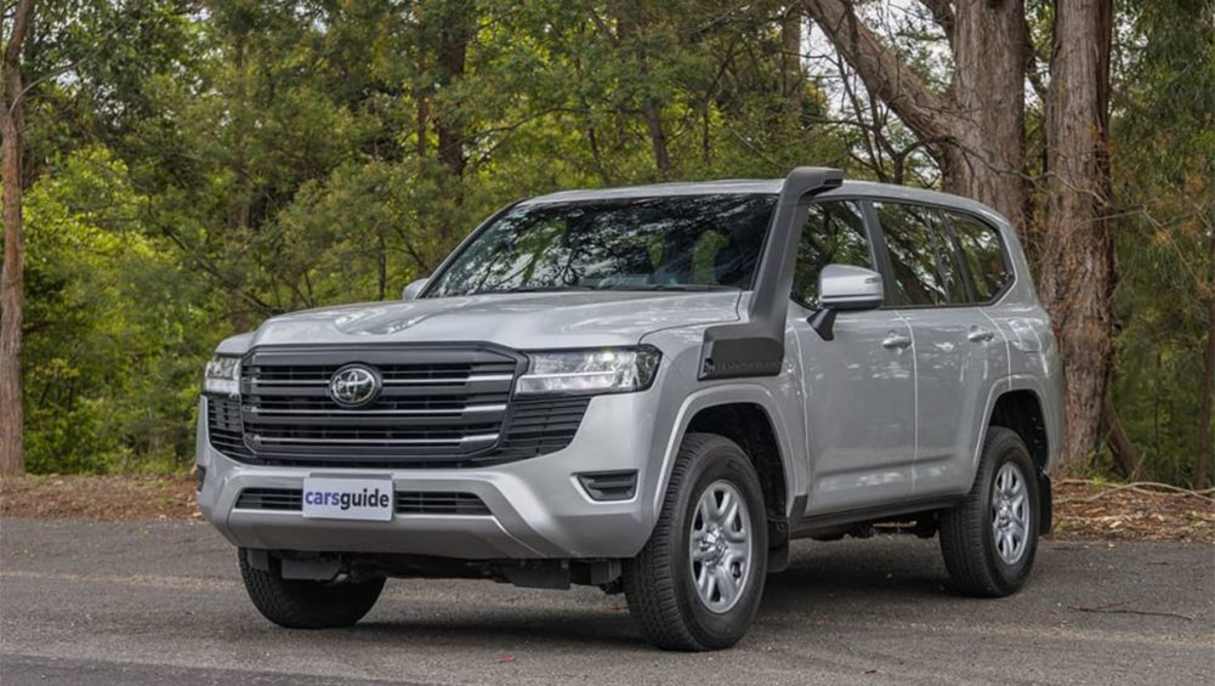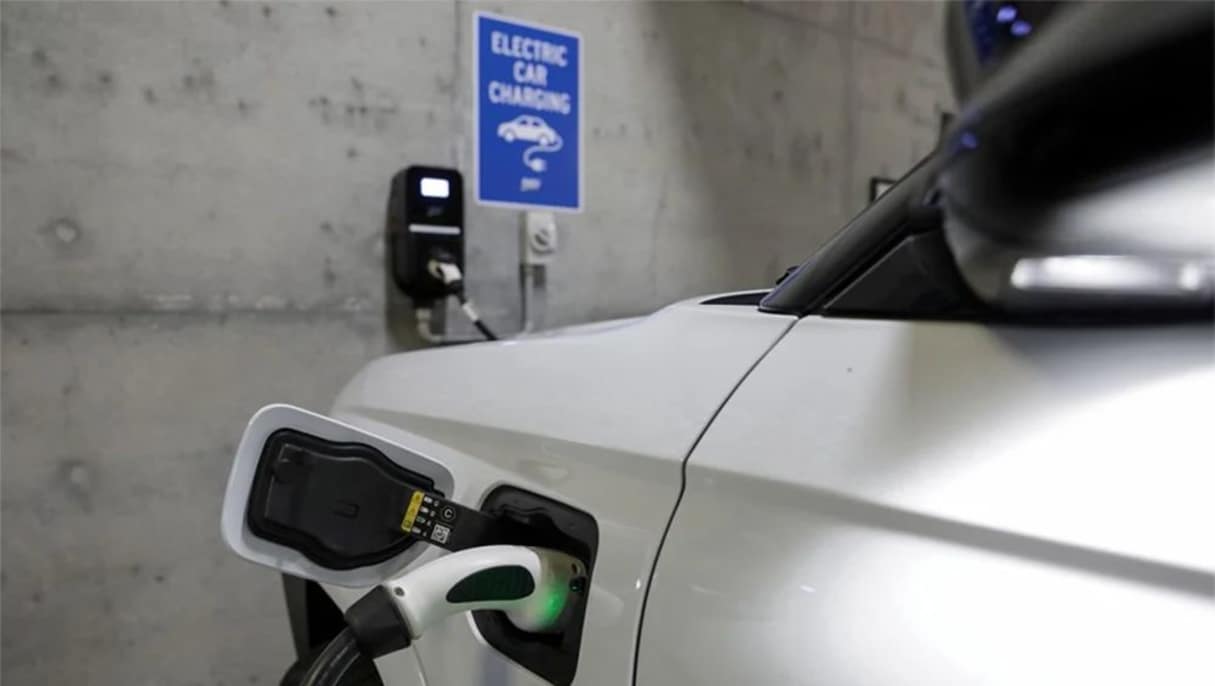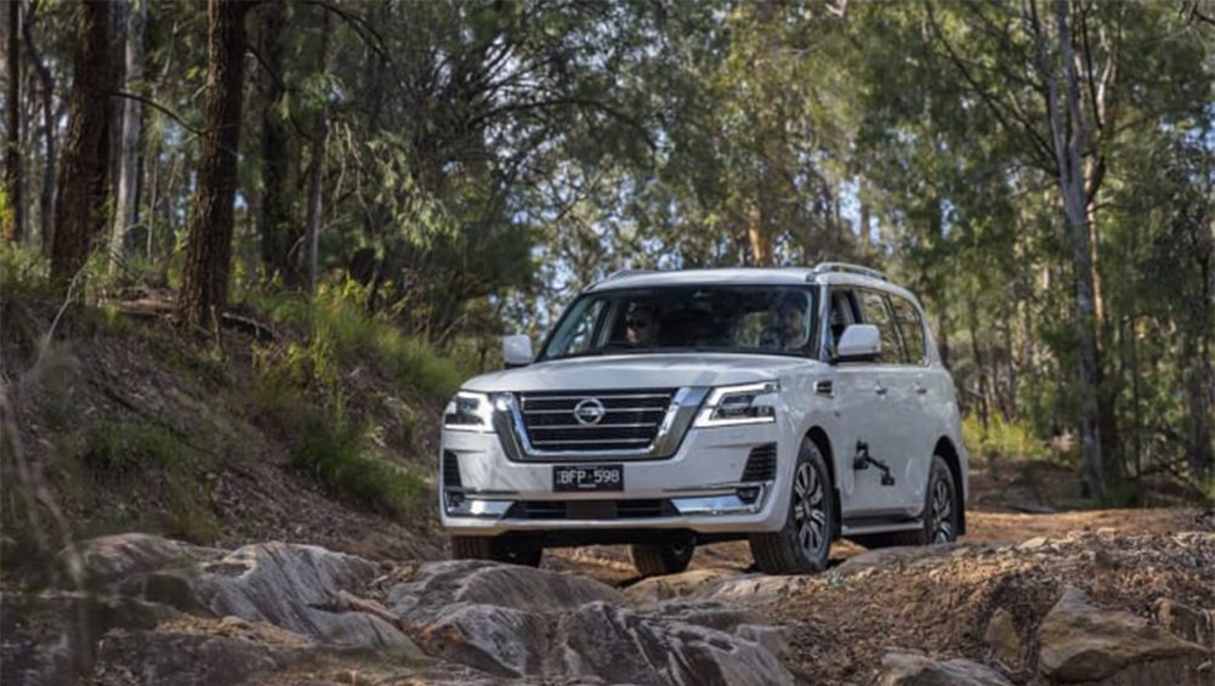The Federal Government has confirmed it will introduce a long-awaited ‘New Vehicle Efficiency Standard’ (NVES).
From the start of 2025, Australia will join the rest of the world’s advanced economies in implementing a standard that pushes car brands to sell more efficient models. Final consultation on the options for the policy model is being undertaken for a month from now.
Under the NVES, all new passenger and light-commercial vehicles will be subject to a policy that requires companies to “meet an average [emissions target] across their fleet” in an attempt to nudge manufacturers towards providing “wider choices to Australian motorists”, according to the Minister for Climate Change and Energy, Chris Bowen.
A paper released by the government after months of consultation with industry and the public outlines three potential models for the NVES, highlighting the government’s preferred choice of a ‘fast but flexible’ adoption of CO2 targets.
Under the preferred plan, the NVES will be adopted from January 1, 2025, with car brands required to meet targets on grams per kilometre across their fleets, on average.
The preferred policy, as outlined by the government, features separate standards for passenger vehicles and light-commercial vehicles, the latter encompassing the likes of vans and utes. However, the policy includes SUVs and 4x4s as passenger vehicles, meaning vehicles like the Toyota LandCruiser or Nissan Patrol will likely become detrimental to their brands’ fleet averages.
In a press conference at the announcement of the next stage of the NVES’ development, Chris Bowen said companies would be charged “$100 a gram” over the average ‘grams of CO2 per kilometre’ targets they’re set.

Two other possible models outlined for the NVES include one that takes a slower ‘cautious’ approach to penalties for companies, and another that’s harsher and more quickly implemented.
Federal Minister for Transport, Regional Development and Local Government Catherine King said the preferred method takes into account the benefits and drawbacks for consumers and businesses.
“The Albanese government favours a model which ensures achievable change, which will bring Australia in line with US standards by 2028 and provide the optimal cost benefit outcomes for Australian car buyers,” said King.
"The standard increases choice. It doesn’t dictate what sort of car or ute people can buy, but will mean you have a wider range of modern and cheaper to run vehicles.”
While the Federal Chamber of Automotive Industries (FCAI) welcomes the government’s confirmed introduction of the New Vehicle Efficiency Standard, it raised concerns about the “ambitious” nature of the targets.

“There is a shared commitment from industry and Government to combat climate change by ensuring zero and low-emission vehicles are accessible and affordable to all Australian consumers,” said FCAI Chief Executive Tony Weber.
“Most important is that Australian families and businesses can continue to access the style of vehicle that suits their needs for work and recreation.
“On the surface, the targets seeking a 60 per cent improvement in emissions are very ambitious, and it will be a challenge to see if they are achievable taking into account the total cost of ownership."
Weber also pointed out the government’s model was suggested to be based on the model in place in the US, where there are incentives offered, but that “the discussion paper makes no reference to any additional incentives to support the uptake of low emission vehicles”.

Catherine King, at the announcement press conference, however, said there should be no impact on the prices of cars based on “international evidence”.
“I have no doubt we are going to hear all sorts of nonsense from the Opposition, from a range of other stakeholders about this. We're going to hear that utes are banned. That is not true.
“None of the evidence - there is just no evidence to say that it will affect price at all, SUVS or utes or any other vehicle.”
While companies will be penalised for exceeding set CO2 limits, they will also be credited for vehicles sold that come in under the target - which will be lowered incrementally over time to push brands to sell more and more efficient vehicles.
The credits accrued by companies will be able to be traded to reach CO2 limits.

“If suppliers sell more fuel-efficient cars than the target, they get credits,” says the discussion paper released by the government.
“If they sell more polluting cars than the target, they need to buy credits from a different supplier or, eventually, pay a penalty."
The government has also stated that “Australians stand to save about $1000 per vehicle per year” under the NVES, if “Australia catches up with the Standard in the US by around 2028”.
“We’re giving Australians more choice to spend less on petrol, by catching up with the US, this will save Australian motorists $100bn in fuel costs to 2050,” said Chris Bowen.
“Obviously, a more fuel-efficient vehicle is better for the climate, and our preferred model delivers 100 million tonnes less carbon in the air by 2035.”





.jpg)
.jpg)

.jpg)
_0.jpg)


.jpg)


.jpg)
.jpg)


.jpg)




.jpg)




